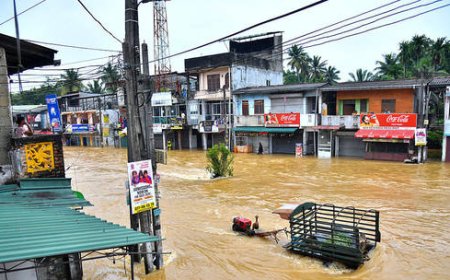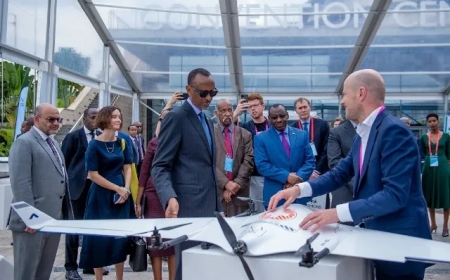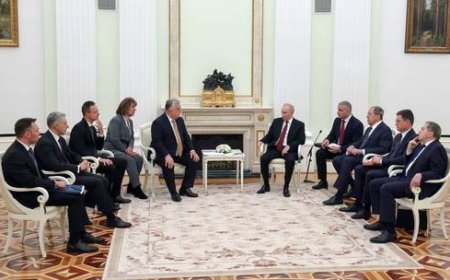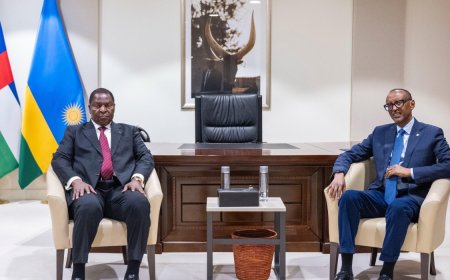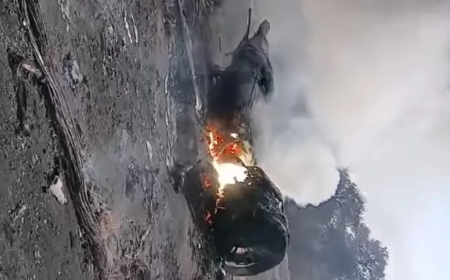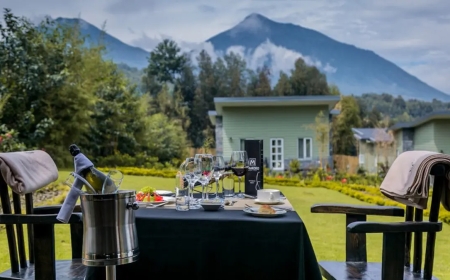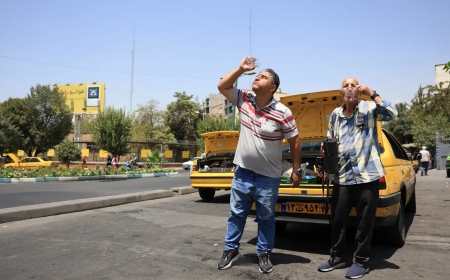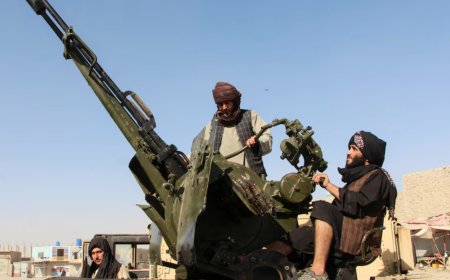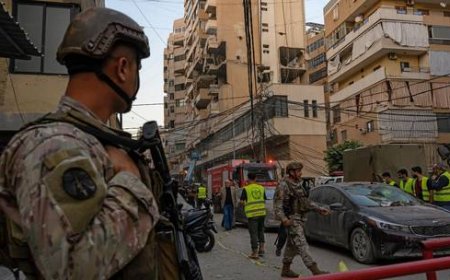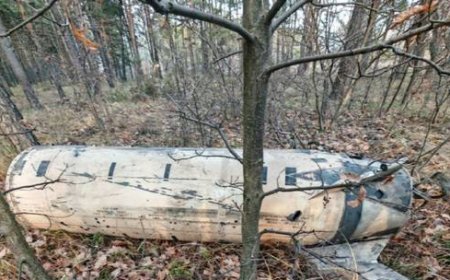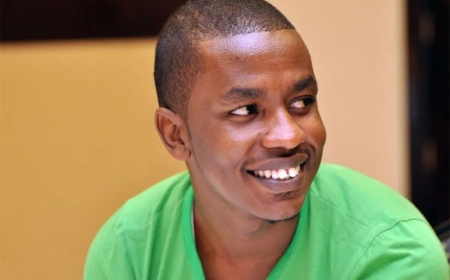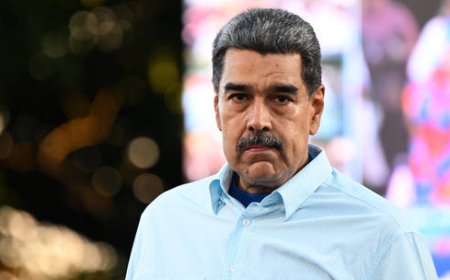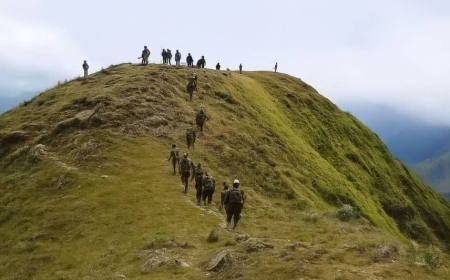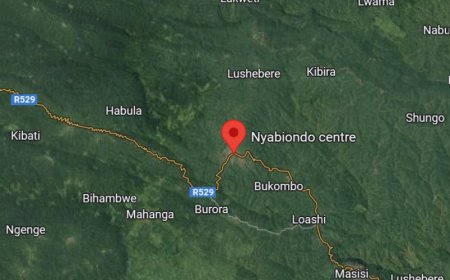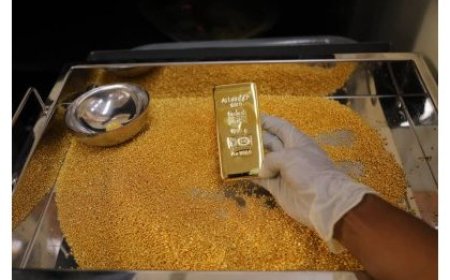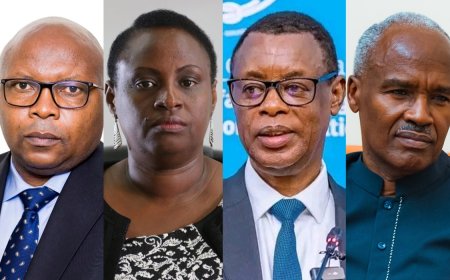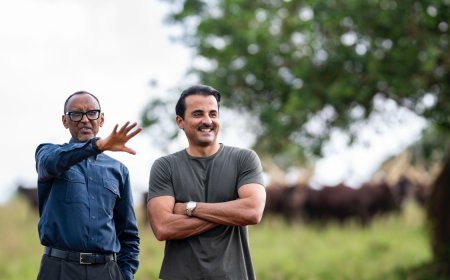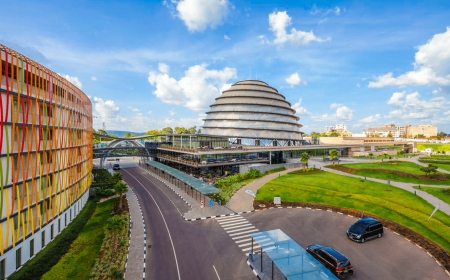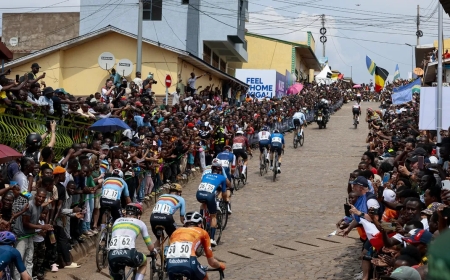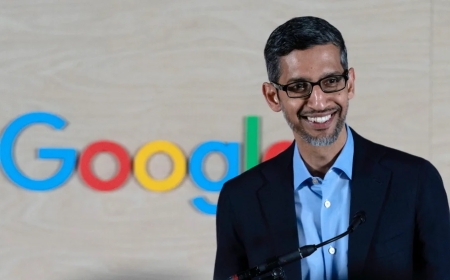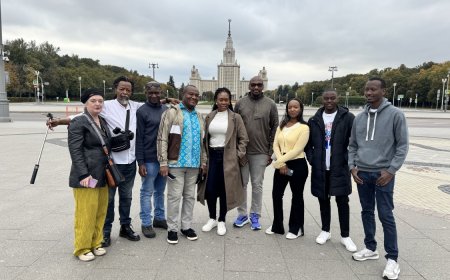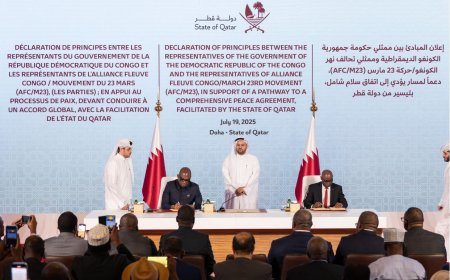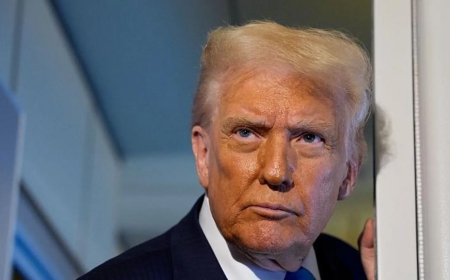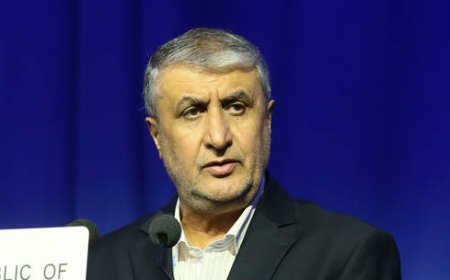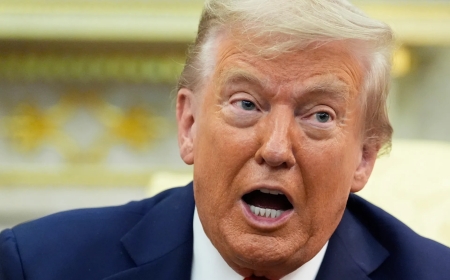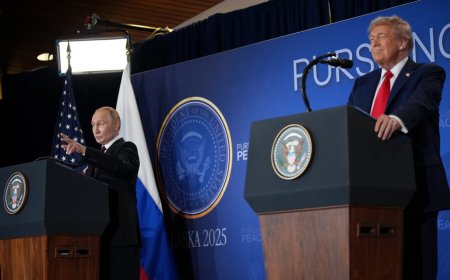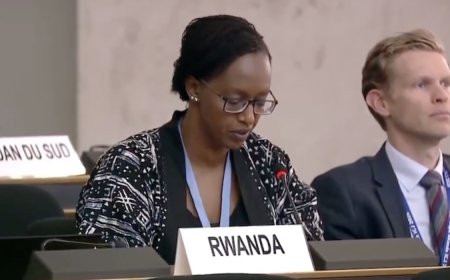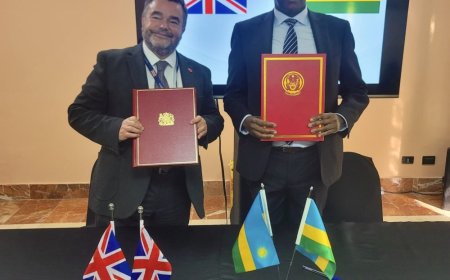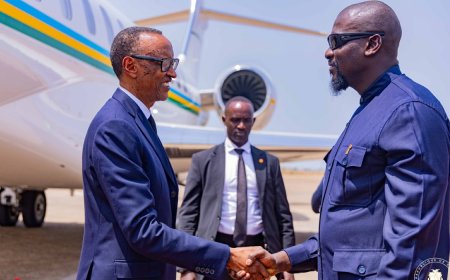What to know about Guinea’s mega iron ore project Kagame is visiting
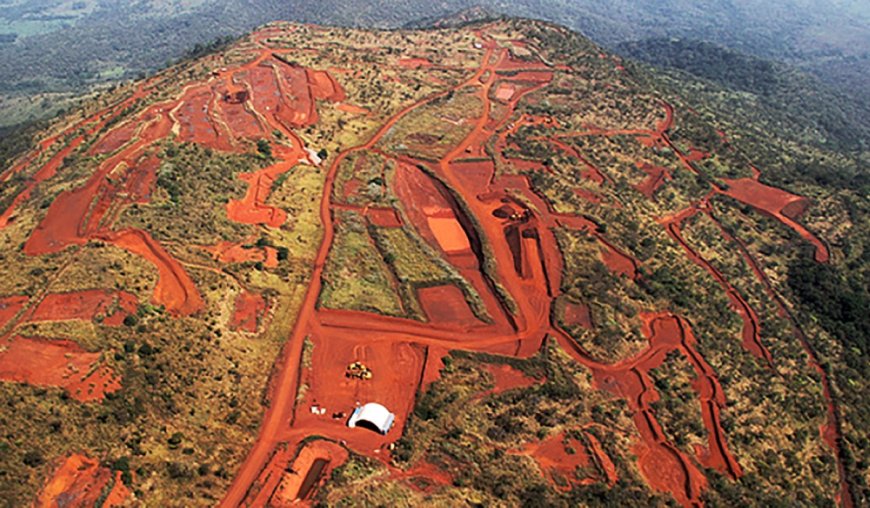
President Paul Kagame on Tuesday, November 11, arrived in Conakry, Guinea, where he joined President Mamadi Doumbouya for the official launch of the Simandou Iron Ore Project, one of the largest ongoing mining developments in the world.
The project, decades in the making, is now poised to redefine Guinea’s economic future and reshape the global iron ore market.
As the president attends its launch, here are five things you may need to know about the project.
1. World’s largest untapped iron ore reserve
Located in the Simandou mountain range in southeastern Guinea, the deposit is believed to be the largest untapped iron ore reserve in the world, estimated at between three and four billion tonnes of high-grade ore.
The ore has an average iron content of about 65 per cent, making it among the purest ever discovered.
At full capacity, the mine is expected to produce around 120 million tonnes of iron ore annually by 2030, a milestone that could place Guinea among the world’s top three iron ore exporters.
2. A $20 billion economic transformation
The Simandou project is more than just a mining venture, it represents one of Africa’s most ambitious infrastructure investments. Approximately $20 billion has already been invested in new railways, bridges, tunnels, and a deep-water port along Guinea’s Atlantic coast.
Spanning over 650 kilometres, the railway network connects the mining sites in the mountainous Nzerekore region to coastal shipping terminals, providing a new economic corridor across the country.
The project is expected to generate thousands of jobs, increase government revenues, and stimulate local industries through training, logistics, and support services.
3. Four mining blocks
The Simandou deposit is divided into four mining blocks, jointly managed through a partnership between Guinea’s government and international investors. Each side holds defined stakes, ensuring that the project’s long-term development aligns with national priorities while also attracting the technical and financial resources required for such a massive undertaking.
The collaboration also established a dedicated infrastructure company to finance and operate the 622-kilometre railway and port facilities, both essential for transporting ore from Guinea’s southeast to international markets.
4. A long road to realisation
Exploration at Simandou began in the late 1990s, but progress was repeatedly delayed due to political instability, ownership disputes, and infrastructure challenges. Multiple government transitions and legal battles stalled advancement, turning Simandou into a symbol of unrealised potential.
Following renewed commitment and project restructuring, Guinea’s leadership elevated Simandou as a cornerstone of national development. Now the project stands closer than ever to becoming a global mining success story.
5. Global market implications
The launch of Simandou is projected to reshape the global iron ore market. Once fully operational, its annual output could potentially lower prices and reduce dependence on other major producers.
According to reports, most of Simandou’s iron ore will be exported to Asian markets, particularly China, the world’s largest consumer of steel. The project’s high-grade ore is also vital to the steel industry’s decarbonisation goals, as it enables cleaner and more efficient production.
However, realising the vision has required overcoming enormous geographic and technical barriers. The mines lie more than 600 kilometres from the coast, surrounded by rugged mountains and dense forests.
The railway alone includes 235 bridges and more than 24 kilometres of tunnels, including one nearly 11 kilometres long, making it one of Africa’s most ambitious infrastructure builds.
Despite the challenges, construction has progressed steadily, with the first shipments of iron ore scheduled for November 2025. Production is expected to increase gradually over the next 30 months, marking a new era for Guinea’s mining sector and the global iron ore industry.

